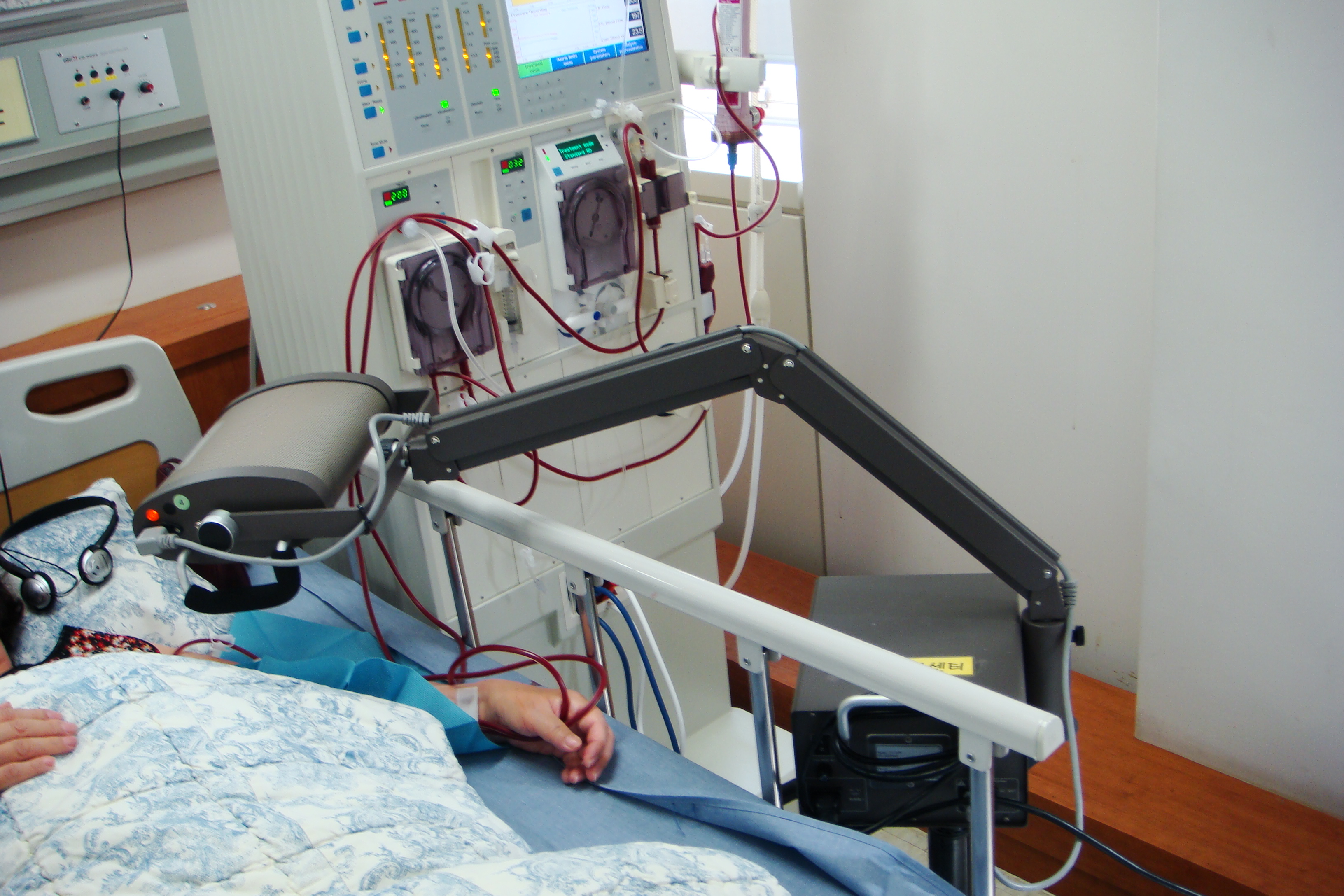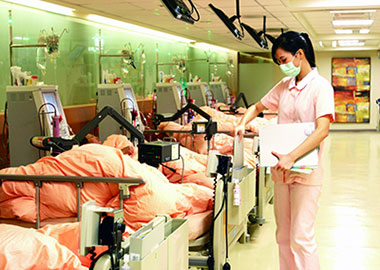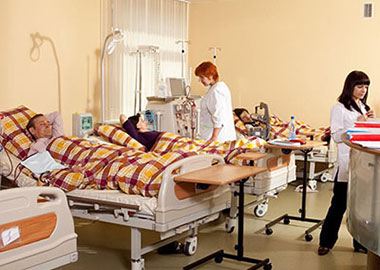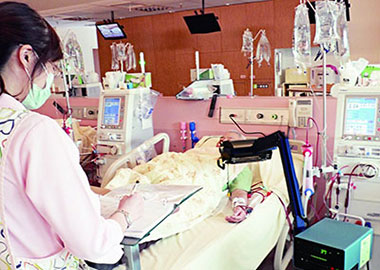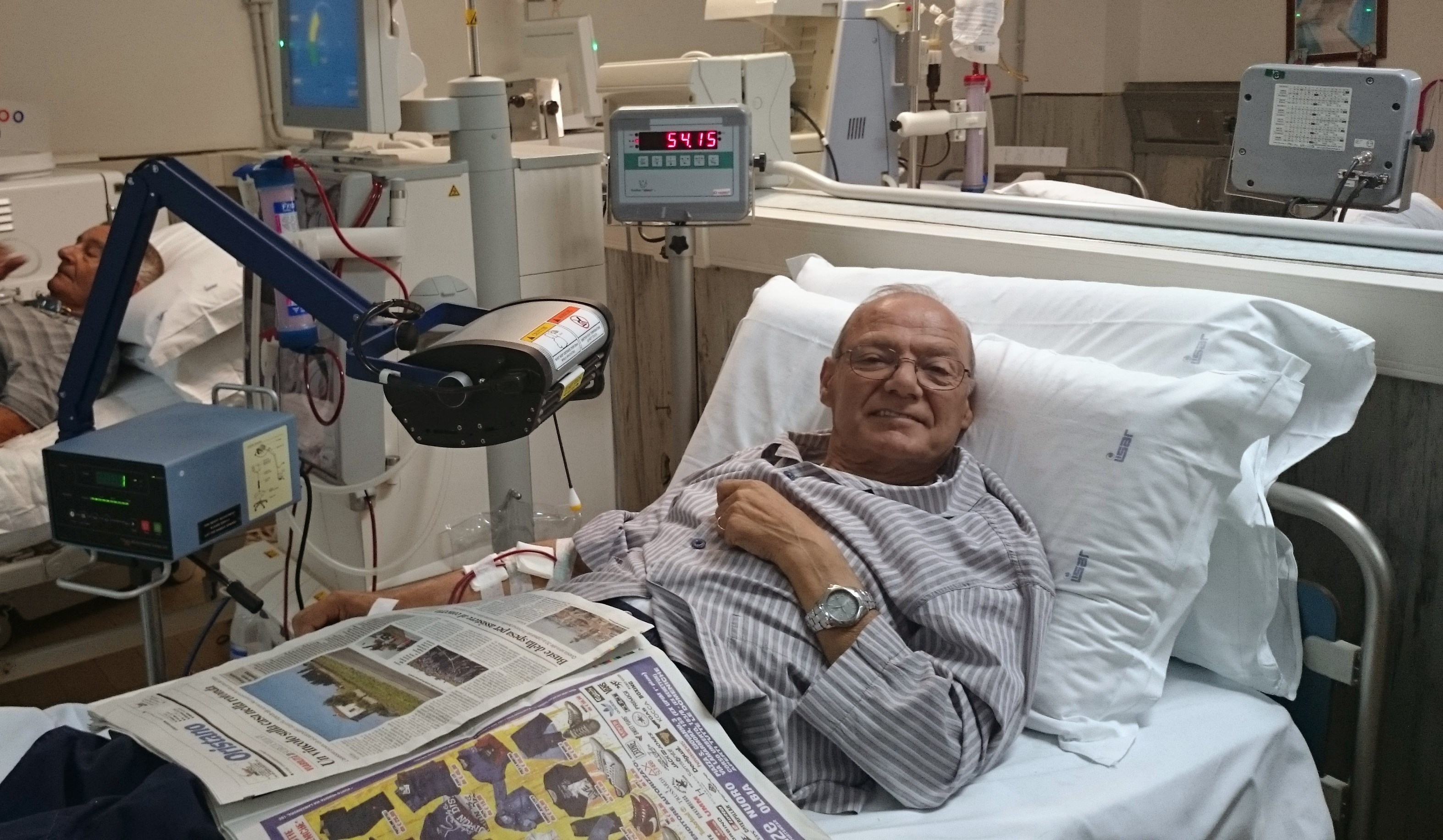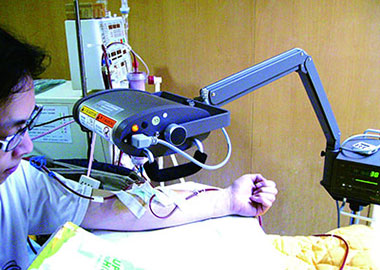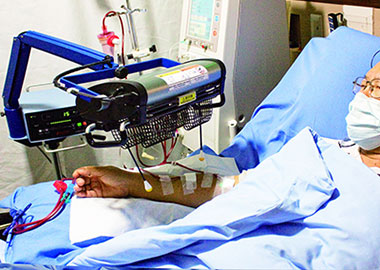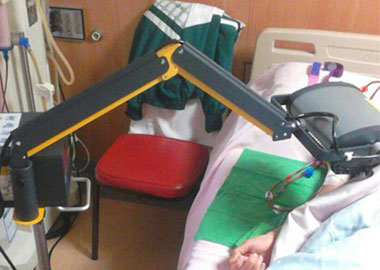The life of fistula
A fistula is a hemodialysis patient’s lifeline. Hemodialysis is a treatment for kidney failure and the fistula makes life-saving hemodialysis treatments possible. A fistula lets large amounts of blood flow continuously during hemodialysis treatments to filter as much blood as possible per treatment. A quality of fistula is related to the quality of hemodialysis and the quality of hemodialysis is related to the patients’ quality of life. We divide the fistula in a different stage which we call the life of fistula. Firapy (WS™ Far-Infrared Therapy Unit) can play an important role in each stage and help to improve the quality of fistula.



